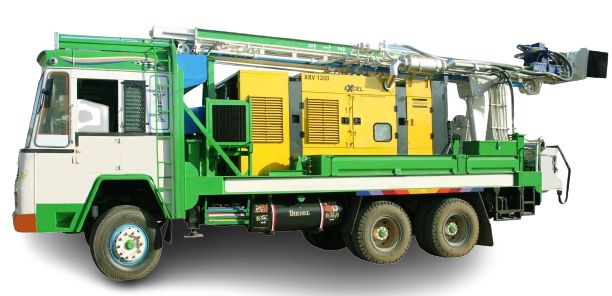Buying a used CNC milling machine can unlock huge cost savings—if you buy smart. From defining your technical needs to inspecting wear and negotiating warranty terms, this guide walks you through every critical step.
1. Define Your Requirements
Before browsing listings, outline exactly what you need.
Work Envelope & Axes
- Know your max part dimensions (X/Y/Z travel).
- Decide on 3-axis vs. 4/5-axis capabilities based on part complexity.
Material & Application
- Match spindle speed/torque to the materials you cut (e.g., aluminum vs. stainless steel).
- Higher rigidity is key for harder metals.
Tolerance & Finish
- Define your accuracy expectations (e.g., ±0.01 mm).
- Surface finish needs impact tooling, spindle quality, and feed control.
Volume & Automation
- High production? Look for automatic tool changers, pallet changers, or bar feeders.
- Prototyping? Focus on ease of setup and software compatibility.
2. Research Sellers & Sources
Authorized Dealers
- Machines are often inspected, cleaned, and warrantied.
- May offer installation and training services.
Private Sellers
- Lower prices but more risk.
- You’re responsible for verification and transport.
Marketplaces & Auctions
- Compare listings across Machinio, Resell CNC, CNC Machines, and GovDeals.
- Evaluate pricing trends and fair market value.
Local Rebuilders
- Refurbishers may bundle machines with new bearings, paint, or retrofits.
- Opportunity to inspect machines in-person.
3. Review Machine History & Documentation
Service Logs
- Look for records of routine maintenance, spindle rebuilds, ball screw replacement, etc.
Spindle & Run Hours
- Lower hours can be good, but frequent start-stop cycles may indicate more wear.
Build Sheet & Options
- Verify whether the machine includes 4th-axis capability, coolant-through spindle, probing, or rigid tapping.
4. Perform a Physical Inspection
Frame & Structure
- Check for corrosion, cracks, or signs of abuse on the column, saddle, or bed.
Ball Screws & Ways
- Hand-move axes (with power off). Look for tight spots or backlash.
- Use an indicator to measure clearance drift or slop.
Spindle Health
- Run spindle at different RPMs. Listen for bearing whine, vibration, or grinding.
- Check runout (Total Indicator Runout ≤ 0.005 mm is ideal).
CNC Control Panel
- Boot up the control. Look for fault codes.
- Confirm basic functionality: jogging, tool change, program loading.
Toolchanger & Fixtures
- Cycle every tool pocket.
- Inspect for misalignment, dropped tools, or sticking carousel arms.
5. Run Test Cuts & Accuracy Checks
Sample Program
- Run a G-code job to cut a pocket or boss.
Dimensional Checks
- Measure critical features with calipers, micrometers, or a CMM.
Repeatability Test
- Rerun the job 2–3 times and compare part dimensions for drift or inconsistency.
6. Evaluate Total Cost of Ownership (TCO)
Immediate Fixes
- Bearings, belts, coolant tank cleanup, or repainting.
Setup & Transport
- Rigging, shipping, leveling, and crane rental can add thousands.
Training & Service
- Budget for operator training, CAM workflow setup, and optional service contracts.
7. Negotiate & Finalize the Deal
Warranty Terms
- Ask for a 30–90 day warranty on key components (spindle, drives).
Documentation
- Request manuals, backup disks, parameters, and original parts lists.
Payment Structure
- Consider 3-stage payments:
- Deposit upon agreement
- Balance at delivery
- Final payment after install and test cut approval
8. Plan for Delivery & Commissioning
Site Readiness
- Confirm electrical specs (voltage, amperage, phase).
- Assess floor loading and temperature/humidity stability.
Leveling & Alignment
- Use certified techs to install and align the machine.
Initial Calibration
- Measure backlash, spindle runout, and set G54 work offsets.
- Run a reference part for performance validation.
9. Establish Ongoing Maintenance Protocols
Baseline Logs
- Record initial metrics for spindle, backlash, accuracy.
Preventive Schedule
- Create daily, weekly, and monthly PM checklists.
Condition Monitoring
- Add vibration sensors, thermal monitoring, or even Wi-Fi-connected IIoT kits.
